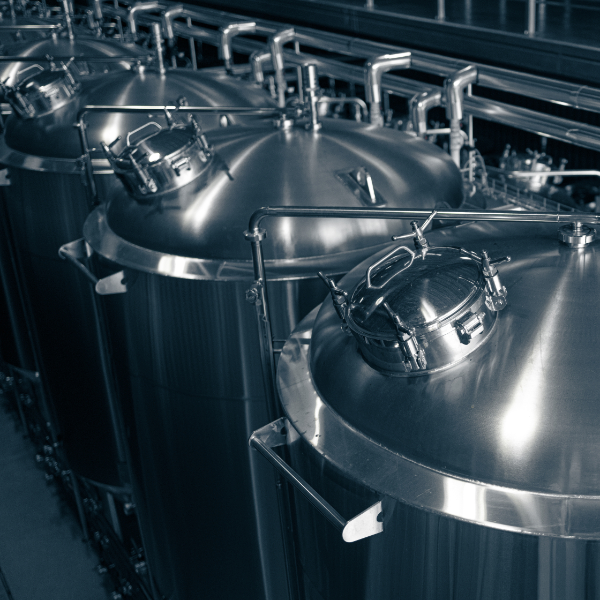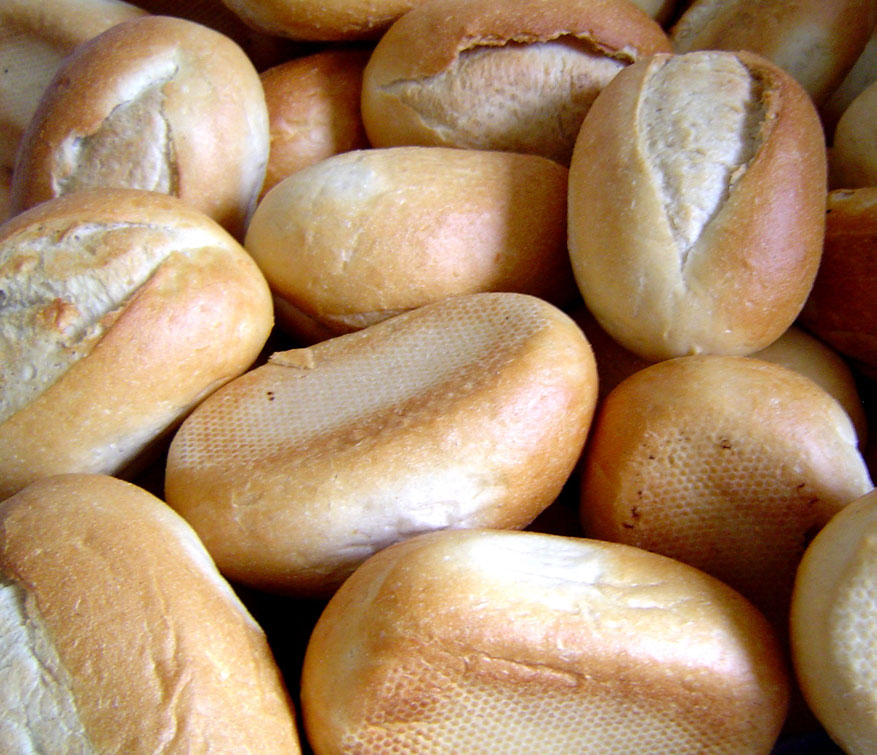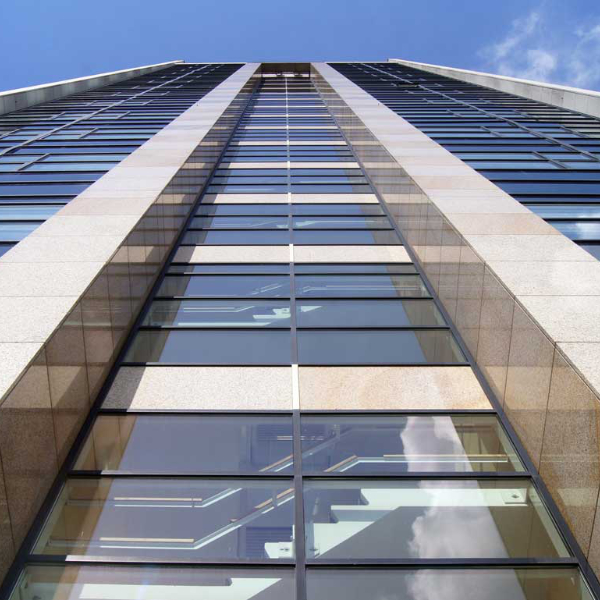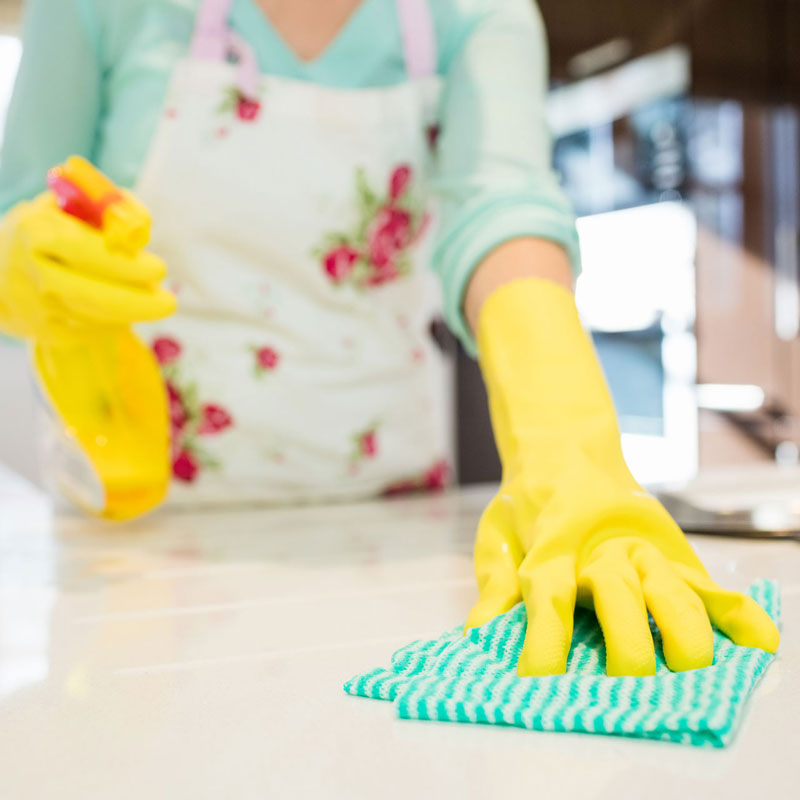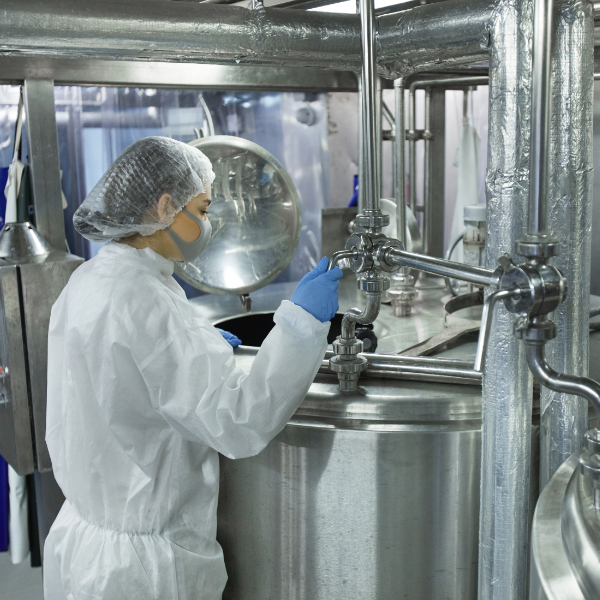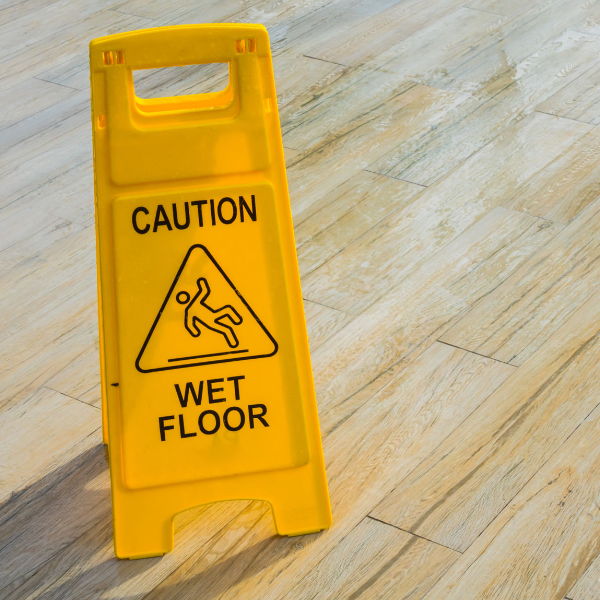What is Scale?
As the rain falls (which it often does in the UK) water dissolves carbon dioxide turning the water slightly acidic. This acidic water then percolates through calcium and magnesium-containing rocks, leaching the calcium and magnesium cations from the minerals. Common calcium minerals are calcite and gypsum, both containing large amounts of calcium carbonate. The following chemical reaction describes this overall process:
- CaCO3 (s) + CO2 (aq) + H2O (l) ⇋ Ca2+ (aq) + 2HCO3− (aq)
- CaCO3(s) + 2 HCl(aq) → CaCl2(aq) + CO2(g) + H2O(l) – When an acid is added
As this reaction is in equilibrium (and reversible) removing or adding one compound from either side will force the reaction to compensate in order to re-establish the equilibrium. E.g. removing dissolved carbon dioxide causes the reaction to shift to the left resulting in the formation of solid calcium carbonate – Scale. Adding an acid (or making the already slightly acidic water more acidic) causes the reaction to shift to the right (because of excess carbon dioxide and water), creating more dissolved ions and reducing the precipitation of scale.
So you can see that the amount of scale depends on the pH of the water. If the pH of water is greater than 7 (pure water being pH7) then scale will precipitate out of solution, whereas if the pH of the water is below 7, scale deposits don’t form.
What are the effects of scale deposits?

Scale has a number of adverse effects on cleaning, heating and in other equipment that rely on tap water. The most obvious example of a scale problem is the white-ish solid deposits on the bottom of a kettle in a hard water area. Boiling water containing a high concentration of calcium and magnesium ions (hard water) causes the formation of the carbonate ion (CO32-) from the bicarbonate ion (shown in reaction 1 – HCO3–) which then precipitate as calcium carbonate. This same process occurs in heating coils in heat exchangers, steam boilers and water heaters, in each case scale will often clog the pipework leading to overheating and eventual failure. A particular problem with boilers is that the formation of scale changes the heat transfer characteristics and efficiency, scale essentially acts as an insulator and as such ‘hot and cold spots’ form over the surface. This pattern of uneven heating can, and frequently does, lead to rupture or collapse of the boiler wall; if the pH of boiler feedstock water is not carefully controlled, sudden and catastrophic collapse can occur. We have seen this happen when the pH of the feedstock was allowed to rise above 8, leading to the sudden collapse of a large boiler.
It is vitally important that equipment, not just boilers, are kept scale free and that the water feed is softened prior to use. If inline water softening is not an option, then a periodic flush through (or recirculate if possible) with a mild acidic solution is often the best course, but only with acid-compatible equipment. This is particularly important with CIP systems (Cleaning In Place) as cleaning efficiency and assurance can be severely affected, plus scale forms a surface for bacteria.
In cleaning the presence of hard water ions would react with soap (traditional soap products, not modern detergents) to form ‘soap scum’, in that the calcium ions in hard water react with sodium stearate (main compound in soap) to form insoluble calcium stearate (soap scum). Modern detergents do not suffer this problem of soap scum, but hard water ions will interfere with certain surfactants in detergent effectively reducing the cleaning efficiency. Builders and Chelating agents are added to hold these hard water ions in solution and allow them to rinsed away, as opposed to allowing them to precipitate out.

